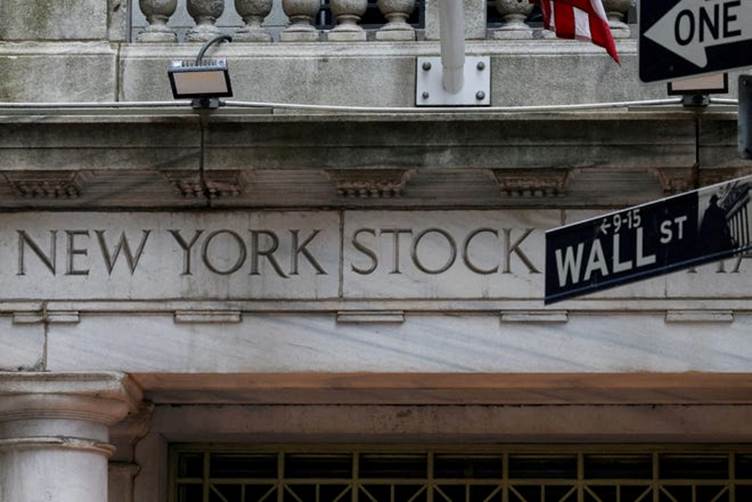On May 16, Moody’s lowered its U.S. credit rating from Aaa to Aa1, citing concerns over the growing budget deficit and the challenges of financing U.S. debt amid rising borrowing costs. This marks a significant blow to the country’s financial standing as investors begin to question the risk of holding U.S. debt.

By 9:53 a.m. ET, the stock market reflected the downgrade’s immediate impact. The Dow Jones Industrial Average dropped 0.2%, losing 86.47 points, settling at 42,568.27. The S&P 500 followed suit, decreasing by 0.6% or 35.85 points to 5,922.53. Meanwhile, the Nasdaq, heavily influenced by tech stocks, plummeted 0.81%, falling 155.65 points to 19,055.45.
In response to the downgrade, the yield on the benchmark 10-year Treasury rose to 4.519%, while the 30-year yield spiked above the psychological 5% mark before pulling back to 4.997%. The rise in yields signals investor apprehension, as the U.S. will likely have to offer more attractive returns to compensate for the perceived increased risk of default.
Moody’s now joins Fitch Ratings and Standard & Poor’s in downgrading the U.S. credit rating. Fitch took action in 2023, dropping the rating from AAA to AA+, while Standard & Poor’s initiated a downgrade in 2011.
Despite the downgrade, Mike O’Rourke, chief market strategist at JonesTrading, emphasizes that U.S. Treasuries remain the world’s most secure credit. However, he acknowledges that the nation’s fiscal trajectory is unsustainable, with federal debt now surpassing 125% of GDP. He draws a parallel with Japan, which faced similar debt-to-GDP ratios two decades ago and is now experiencing a much lower 10-year yield than U.S. Treasuries.
Looking beyond the immediate effects of Moody’s downgrade, O’Rourke suggests that ongoing economic uncertainty will likely continue to impact markets in the foreseeable future. Investors will keep a close eye on government fiscal policy and its long-term implications.
Treasury Secretary Scott Bessent also weighed in over the weekend, signaling the potential return of aggressive tariff rates if countries fail to negotiate in good faith with the U.S. On NBC’s Meet the Press, Bessent explained that certain countries could face tariffs as high as 10%, with some even higher. Bessent also mentioned President Trump’s negotiating leverage: if negotiations stall, tariffs would return to the April 2 levels, where they were sharply increased.
In corporate news, the focus turns to upcoming earnings reports. While the majority of quarterly earnings have already been released, Target’s report later this week is still eagerly anticipated. Investors are particularly interested in how the retailer plans to handle rising tariffs and their effect on prices. Following comments from Walmart executives about potentially increasing consumer prices due to tariffs, Target’s perspective will be closely watched for insight.
Walmart itself is under scrutiny after President Donald Trump suggested the company should absorb the cost of tariffs rather than passing them on to consumers. On Sunday, Treasury Secretary Bessent revealed that Walmart CEO Doug McMillon assured him the company would absorb some of the additional costs. As a result, Walmart shares fell by 1.45%.
Elsewhere in the corporate world, Regeneron made headlines by acquiring nearly all of 23andMe’s assets for $256 million following a bankruptcy auction. Regeneron’s shares, however, saw a slight dip in response to the news.
Overall, the downgrade by Moody’s, rising Treasury yields, and tariff concerns are casting a shadow over the financial landscape. Investors will need to navigate this uncertainty carefully as both market and policy developments continue to unfold.



